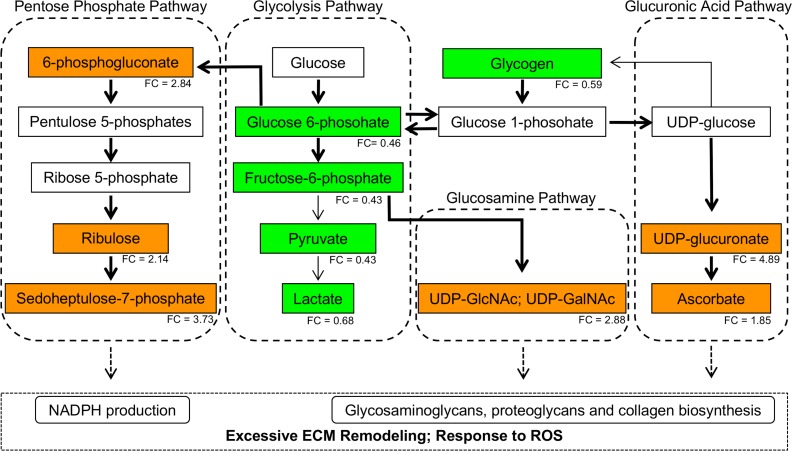Fig 5. Altered Carbohydrate Metabolism in Wooden Breast Disease.
The affected tissues exhibited evidence of altered glycogen metabolism and glucose utilization that resulted in the accumulation of multiple intermediates of the pentose phosphate, glucosamine and glucuronic acid pathways. These changes collectively indicate a rerouting of carbohydrate flux from glycolysis to these metabolic pathways in order to combat oxidative stressors and support detoxification, regeneration and excessive remodeling in the affected tissues. Metabolites (or glycogen) presented in the orange and green boxes were at significantly higher and lower levels in Wooden Breast, respectively. The numeric values under the colored boxes represent the fold-change (FC) differences in metabolite levels or glycogen content between affected (A) and unaffected (U) tissues (A / U). The tick arrows represent the potentially most active biochemical reactions and pathways.

